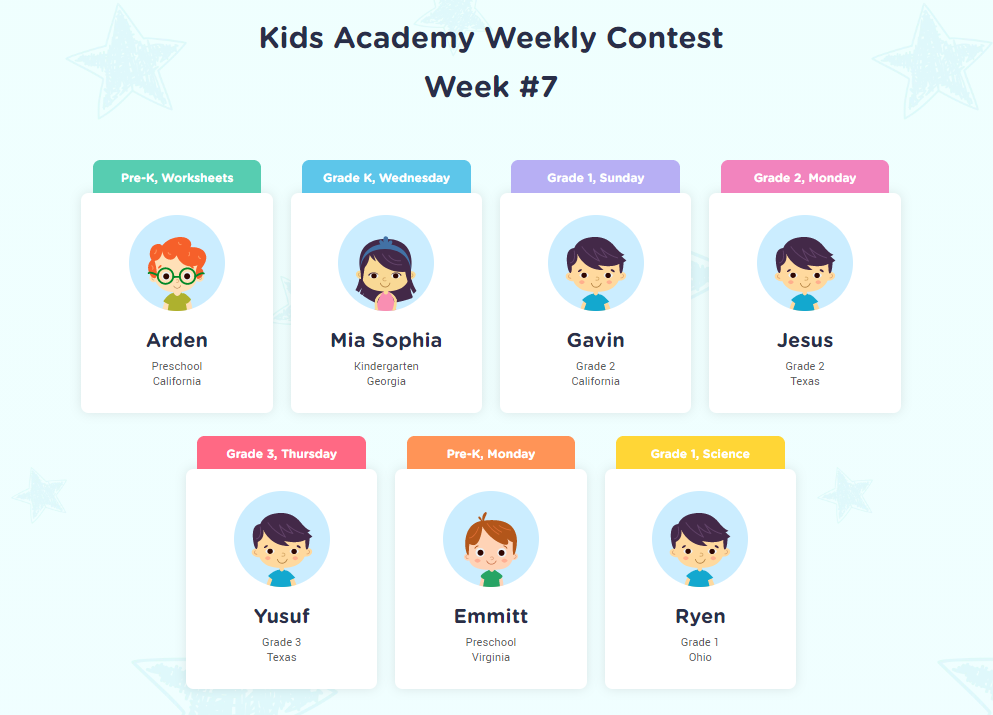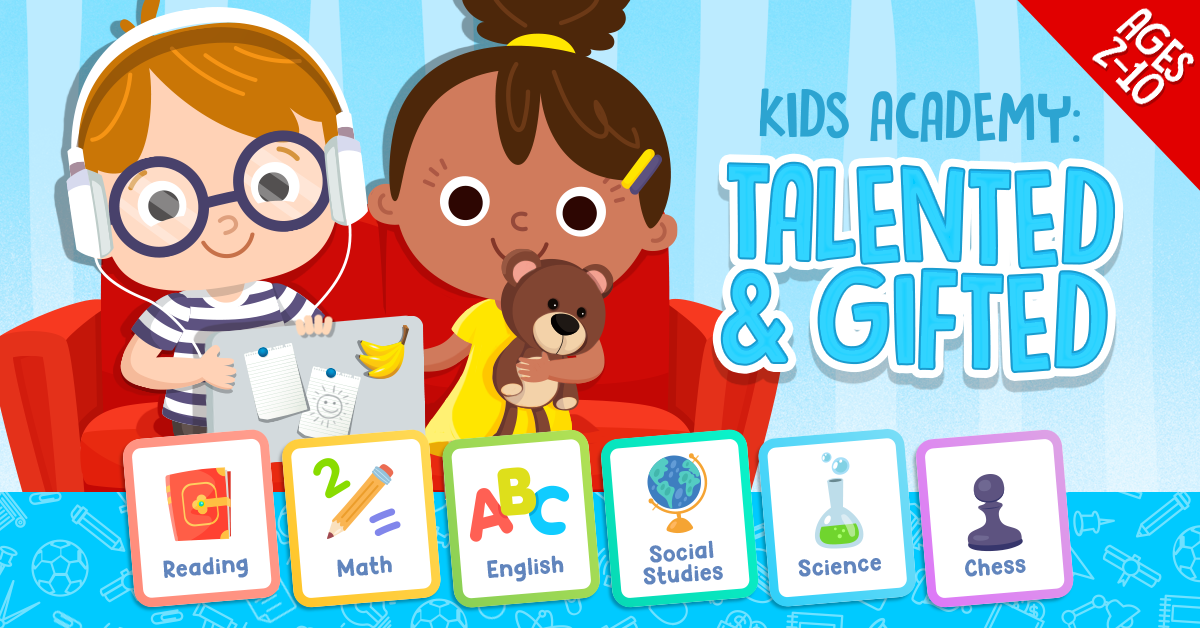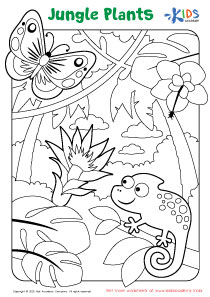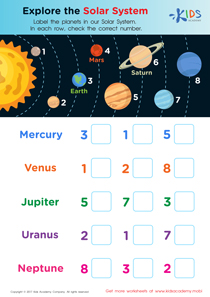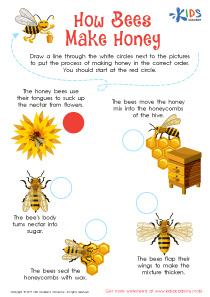Division practice Grade 3 Science Worksheets
5 filtered results
-
From - To
Explore our engaging Division Practice Grade 3 Science Worksheets designed to enhance students' math skills while fostering their interest in scientific concepts. Featuring a variety of interactive exercises, these worksheets combine division practice with science topics, making learning both effective and enjoyable. Students will strengthen their math abilities by solving real-world problems related to life sciences, earth sciences, and physical sciences. Ideal for classroom use or at-home learning, our worksheets cater to diverse learning styles and promote critical thinking. Help your third graders excel in division and develop a solid foundation in science with our specially crafted resources. Download and start learning today!
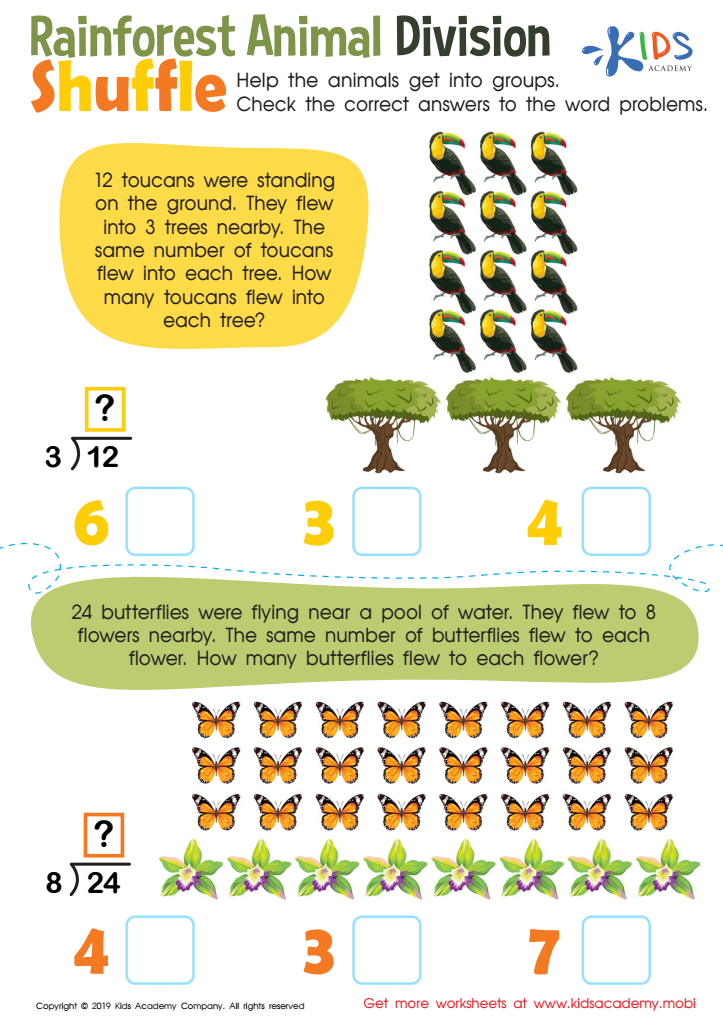

Rainforest Animal Division Worksheet
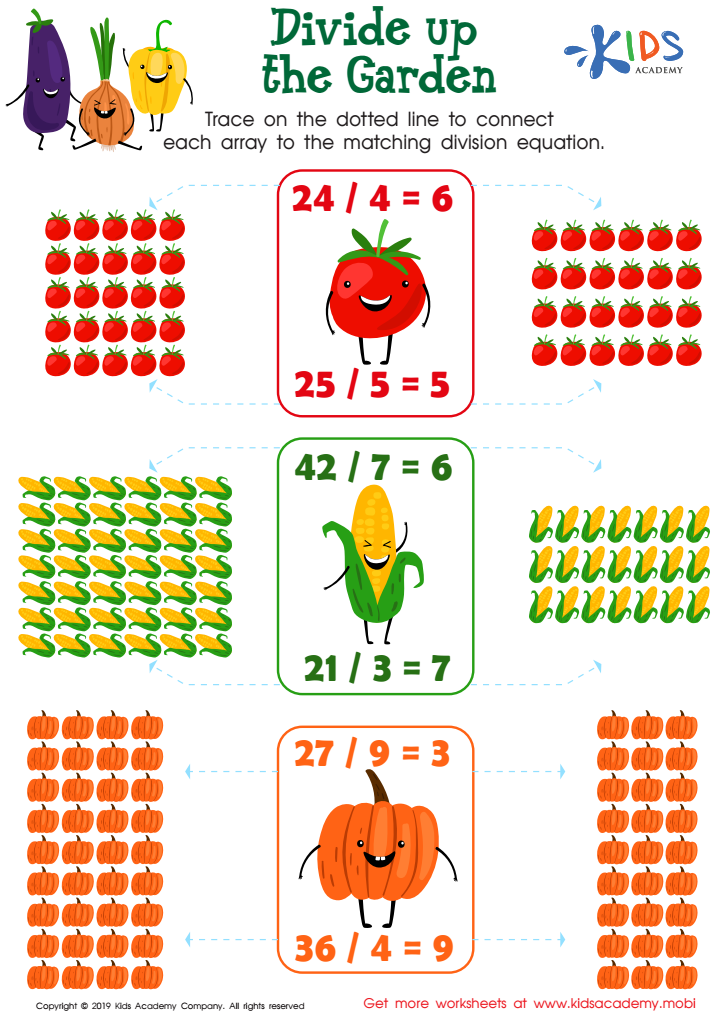

Divide up the Garden Worksheet


Water Division Word Problems Worksheet
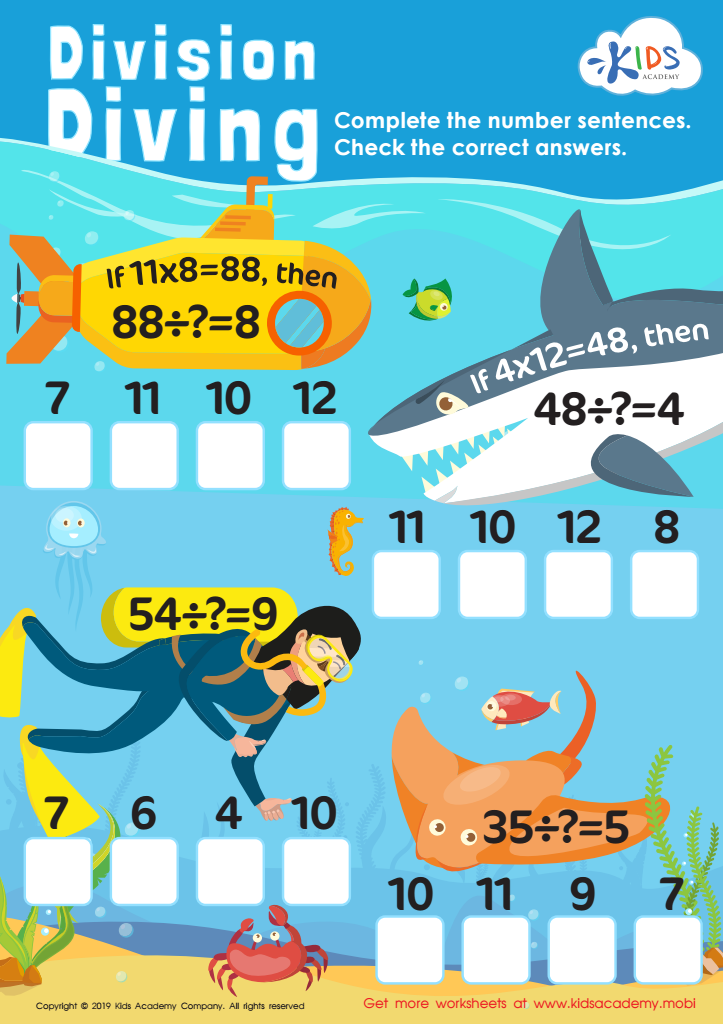

Division Diving Worksheet
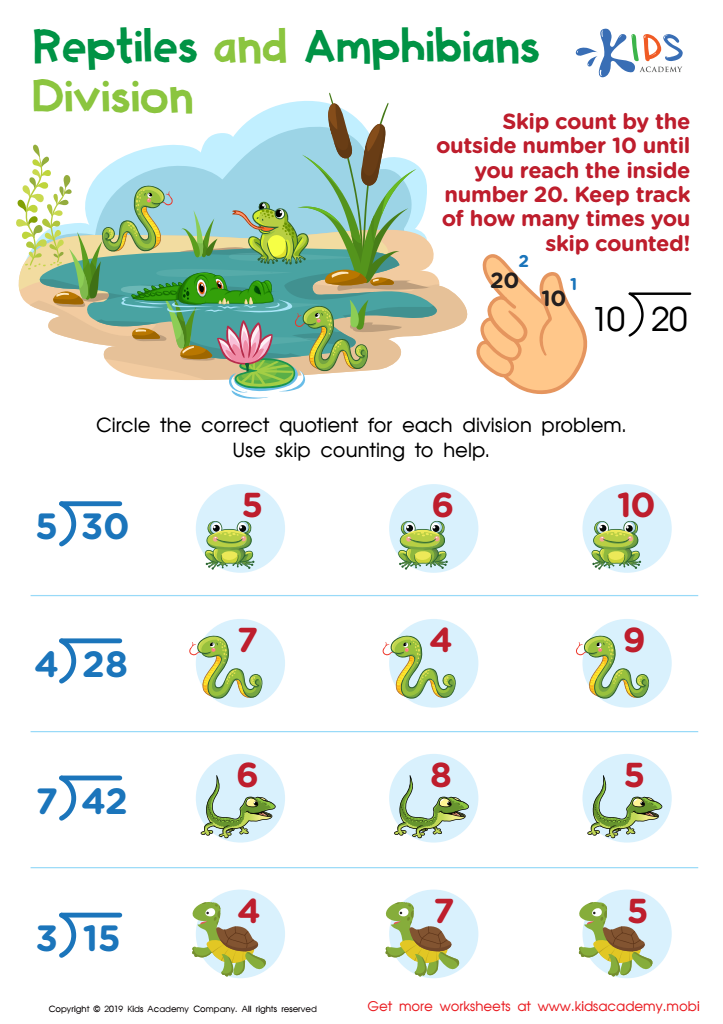

Reptile and Amphibians Division Worksheet
Parents and teachers should care about Division practice in Grade 3 Science for several reasons. First and foremost, it fosters critical thinking skills essential for problem-solving. Division is a key mathematical operation, and when integrated into Science, it helps students understand concepts like equally distributing resources, calculating averages, and analyzing data. For instance, when students measure the growth of plants in different conditions, they may need to divide the total growth by the number of plants to find the average height, thus applying mathematics to real-life scientific situations.
Moreover, promoting Division practice encourages a deeper understanding of scientific principles. Grade 3 often introduces foundational concepts in Earth Science, Life Science, and Physical Science. Mastering Division helps students tackle age-appropriate scientific problems, supporting their overall comprehension and application of these concepts.
Additionally, teaching Division within a Science context encourages collaboration between parents and teachers, as both can engage in experiential learning activities at home, such as simple experiments that require calculations. This collaborative approach enhances student engagement and reinforces the connection between math and science, thus cultivating a well-rounded educational experience. Ultimately, solid Division skills lay the groundwork for future academic success in both subjects, enhancing students' long-term learning outcomes.

 Assign to My Students
Assign to My Students





